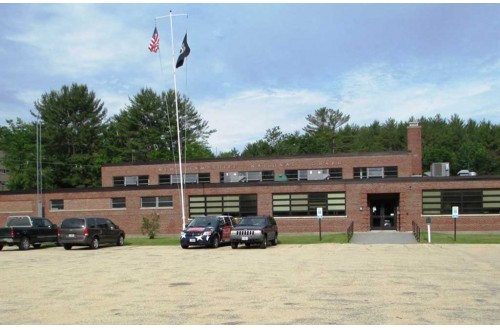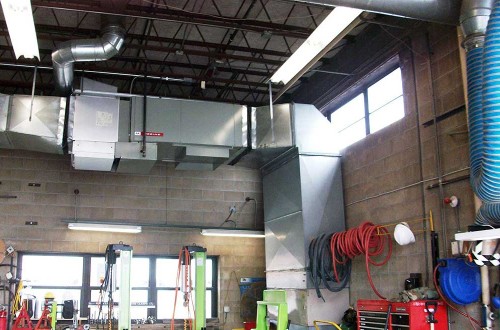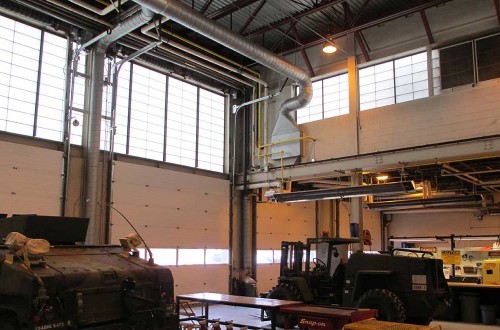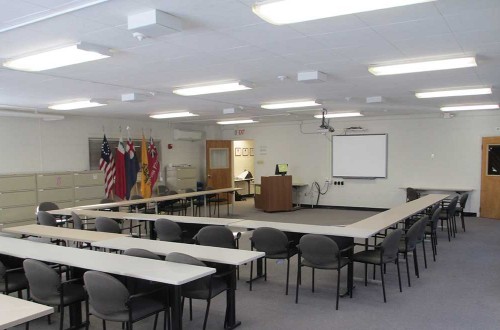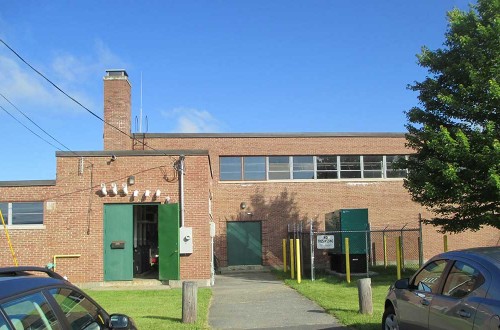Facility Analysis and Sustainment Plan for NHARNG Facilities
Statewide, New Hampshire
Team leader for assessment of 44 NH Army National Guard facilities. Services included architectural and engineering assessments, code compliance, energy audits, and maintenance planning. Facility assessments include building interiors, exteriors, and roofs; verification of building layout to original drawings; code compliance; and site features.
Engineering assessments included review of existing drawings, visual inspection, and recording of existing conditions. Condition summary and inventory of: mechanical-HVAC equipment; ventilation requirements based upon occupancy and usage; EMS/temperature control systems; plumbing fixtures and recommendations/options for water conservation measures; lighting; cable and wiring; and life safety, fire alarm, and elevator control systems. Inventory of equipment maintenance parts list by manufacturer and part number and recommendation of maintenance parts to be kept on hand. Summary report of assessment, recommendations, and cost estimates.
Energy survey and analysis included review of the HVAC system as-built drawings and equipment schedules and the energy management system as-built documentation, including sequence of operation, control drawings, and energy distribution diagrams (steam/hot water, chilled water, electricity, natural gas). Performed a site visit and survey of each facility and inspected all energy consuming systems: lighting, heating, air conditioning, ventilation, exhaust systems, motors, and building envelope. Provided evaluation of equipment energy efficiencies with recommendations for capital improvements and estimates of probable costs for equipment upgrades or repairs. Services provided through a subconsultant teaming partner.
Energy management subconsultant met with occupants, building managers, and facilities maintenance staff for insights on maintenance issues, practices, and procedures that may affect energy consumption. Measured key operating parameters and compared to design levels. Develop a data logging and system-testing plan. From energy survey data, a matrix of energy conservation measures (ECMs) per building was developed. Provided a list of possible modifications to equipment and operations that would save energy and provide cost and saving estimates. For each recommendation, provided estimate of potential savings in energy cost, greenhouse gas offset, energy index, and estimate impact on building operations, maintenance costs, and non-energy operating costs. Performed modeling of proposed modifications compared with baseline energy model.

